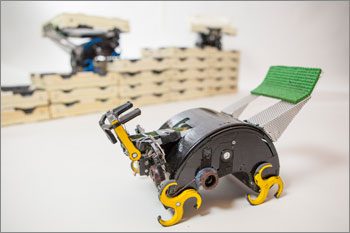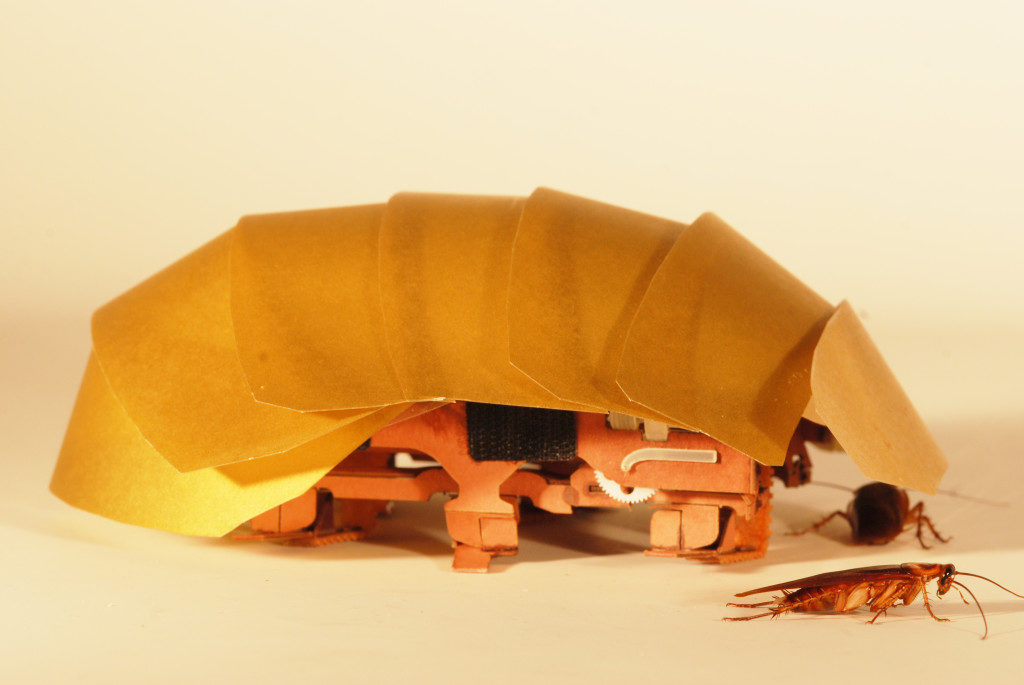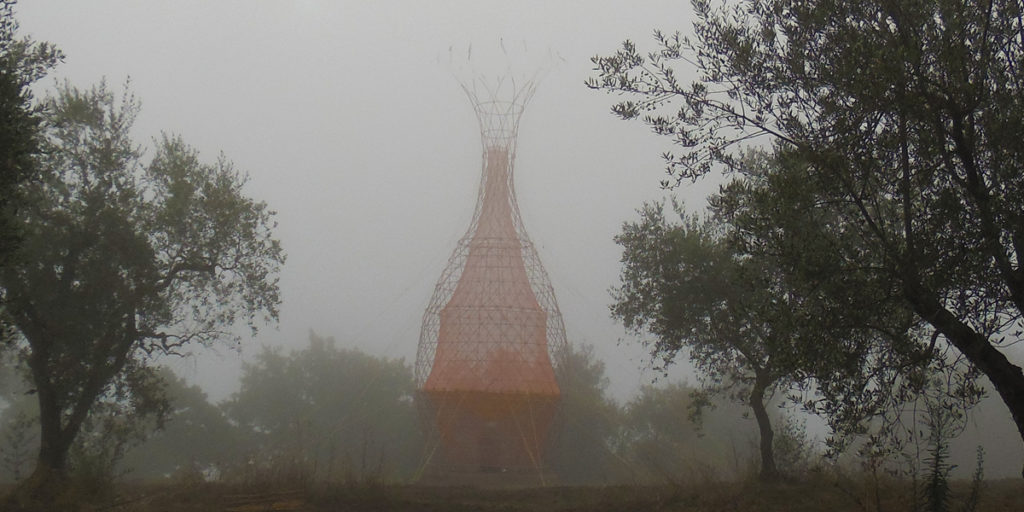Look around you.
Many of the inventions that we credit to the ingenious minds of Homo sapiens are actually replications from the natural world – Velcro, bullet trains, robotic arms, wind turbines and aeroplanes.
The idea of Velcro was not a scientist’s epiphany in the quiet hours of midnight but a blatant imitation of Bur sticking to animal fur. The fast bullet trains of japan were inspired from the swift and efficient movement of the kingfisher bird. The robotic arm was upgraded by imitating the angular tail of the seahorse.
Many of our current technology is fueled by the creativity of Mother Nature. Here is a list of recent technologies that imitate nature:
The real green house
Let’s start close to home!
In our very own India, there is a fantastic example of biomimicry from Lavasa, Maharashtra. It is the world’s first region to follow the science of biomimicry in design and architecture. It is a living space where both man and nature can exist in harmony. The architecture is eco-friendly and is inspired from surrounding ecosystems. For instance, to minimize erosion caused due to heavy rainfall, the team of biologists designed rooftops inspired by the leaf structure and placement of pine trees. The long pointed needle structure of the pine helps in intercepting the speed of the droplets of rain. When the droplet falls on the soil it has lesser impact and thus minimizes erosion.

From mechanisms such as the drip tips of leaves and the root structures of Manilkara trees, Lavasa locally observed design strategies to solve shedding of water, erosion and recharging groundwater reserves.
This Mite Work

Credit: Eliza Grinnell, Harvard SEAS.
Taking cue from termites, the master builders – engineers at Harvard have built small robots that construct towers and pyramids. The engineers observed that termites have a very basic strategy. This principle called stigmergy is programmed into an algorithm to complete a chain of simple tasks. The robots thus swarm diligently and build several feet tall mud mounds. This technology can be used to build structures in disaster areas.
Cockroaches to the rescue

The agility and mobility of cockroaches are often a cause for annoyance at our households. However, this very nature piqued the interest of researchers at UC Berkeley. They observed how roaches slide under doors and withstand high pressure. To their surprise, roaches can withstand the pressure that is 900 times its body weight. This puts into perspective why even the flying chappal of your furious mother does not result in the death of cockroaches. They can also manoeuvre in tunnels of 3mm width. The jointed exoskeleton gives rise to these miraculous abilities of the cockroach. It allows for quick movement by altering their size and shape according to the environment.
These observations resulted in CRAM (Compression Resistant Articulated Mechanism), a palm-sized robot made of polyester with highly compressible, bendable legs. It has a plastic shield that imitates the insect’s wings and the malleable outer layer covering its entire body.
CRAM is used in rescue operations during calamities such as earthquakes and explosions where there is an urgent medical need to search among the debris.
The humble beetle
The Namib Desert beetle quenches its thirst in a special way by collecting the moisture from the air. This ability of the beetle was observed by two curious boys from Boston University. They went on to mimic the beetle shell to produce a surface repellent technology that helps electronic devices.
The Namib Desert beetle is found in one of the aridest areas of the world where it only gets half of an inch of rain each year. To survive, the beetle climbs to the top of a sand dune and puts its back to the wind and is able to collect water from the moisture in the air. They observed a molecular structure in the beetle that enhanced the water repellant properties and replicated it. The structure can also repel oil and fingerprint stains. This technology can also be used in products to attract water such as fog harvesting technology.
Inspired from figs

In the middle of Ethiopia, there is a tower of orange polyester mesh that loops around a bamboo skeleton to form a fig-like appearance. This structure is not only visually striking and artful but also a source of unbound relief to the residents of Ethiopia. This structure known as the warka tower inspired by the local fig tree is used to collect water from the atmospheric air. It harvests water from rain, fog and dew. It is created by the Italian artist and industrial designer, Arturo Vittori.
Lily pads

There is a different kind of lilies pads that are found on the river Clyde in Glasgow, Scotland. These are circular, floating solar panels that mimic the lily leaves. They have integrated motors that rotate the pads to follow the motion of the sun and to absorb its rays. These solar panels can be secured to the river bed. The energy gathered by these discs will be transformed to the national electrical grid and then supplied to the city. This was designed by ZM architecture, a Scottish architecture firm.
I end the article by quoting Janine Benyus, “How do dragonflies outmanoeuvre our best helicopters? How do hummingbirds cross the Gulf of Mexico on less than one tenth of an ounce of fuel? How do ants carry the equivalent of hundreds of pounds in dead heat through a jungle? How do termites maintain constant temperature of 86º F in their habitat through heat and cold? The answers to these questions will be the solution to so many of our problems. It is time we learnt about nature, not with an intention to control, but with an intention to fit in and last for good”
Truly the answers to the world’s problems lies right under our noses.
Author
Manasvi is an aspiring science communicator who is currently doing her bachelor’s in biotechnology at Christ university. She is a lover of all science things and can be found on Twitter: @cm_manasvi
